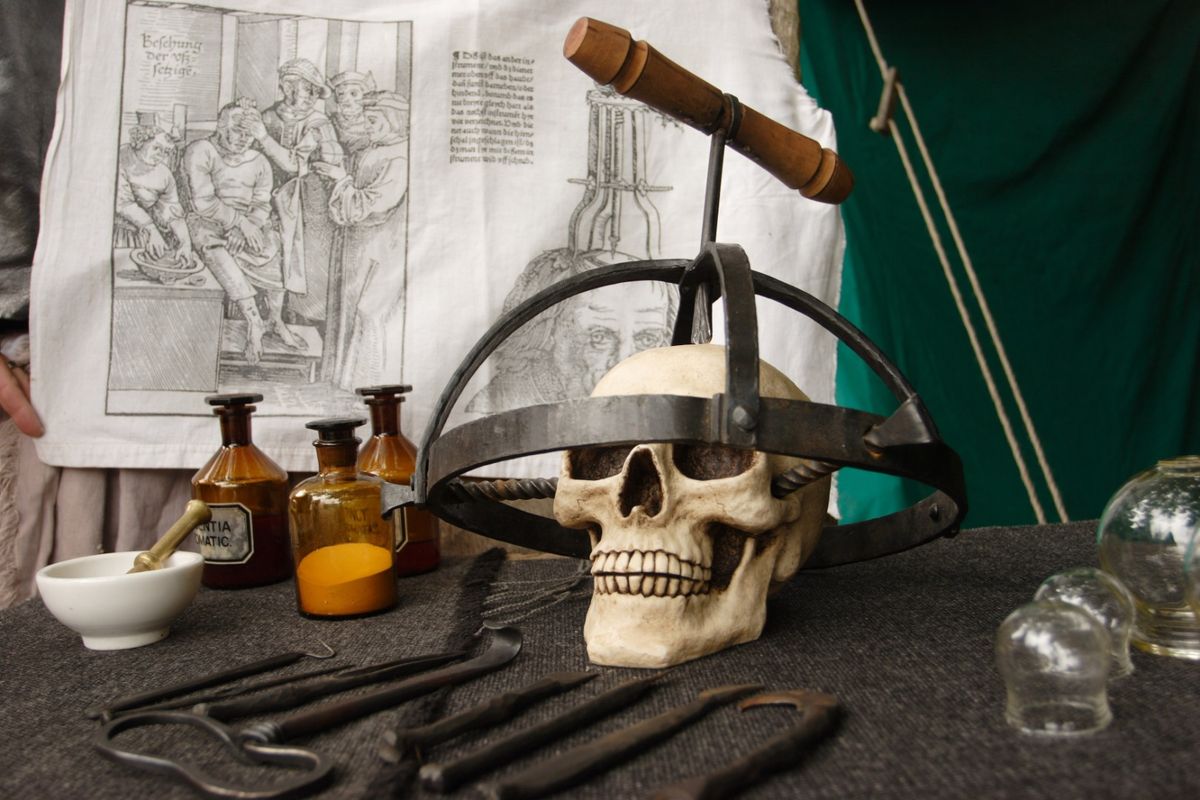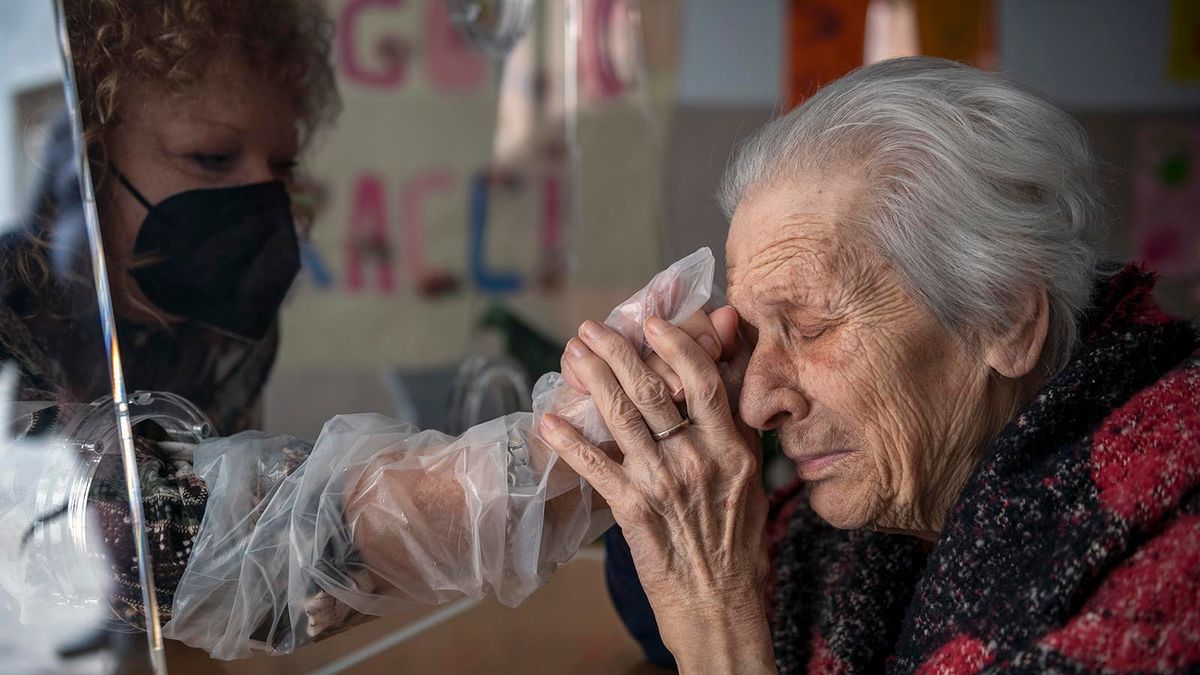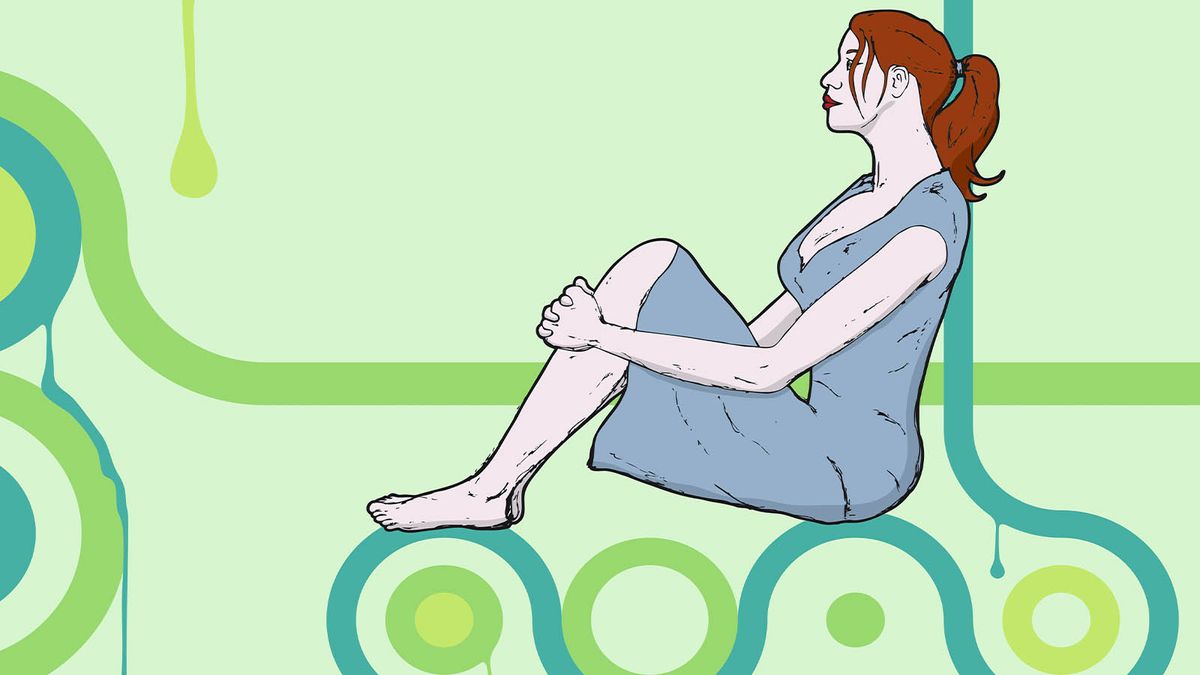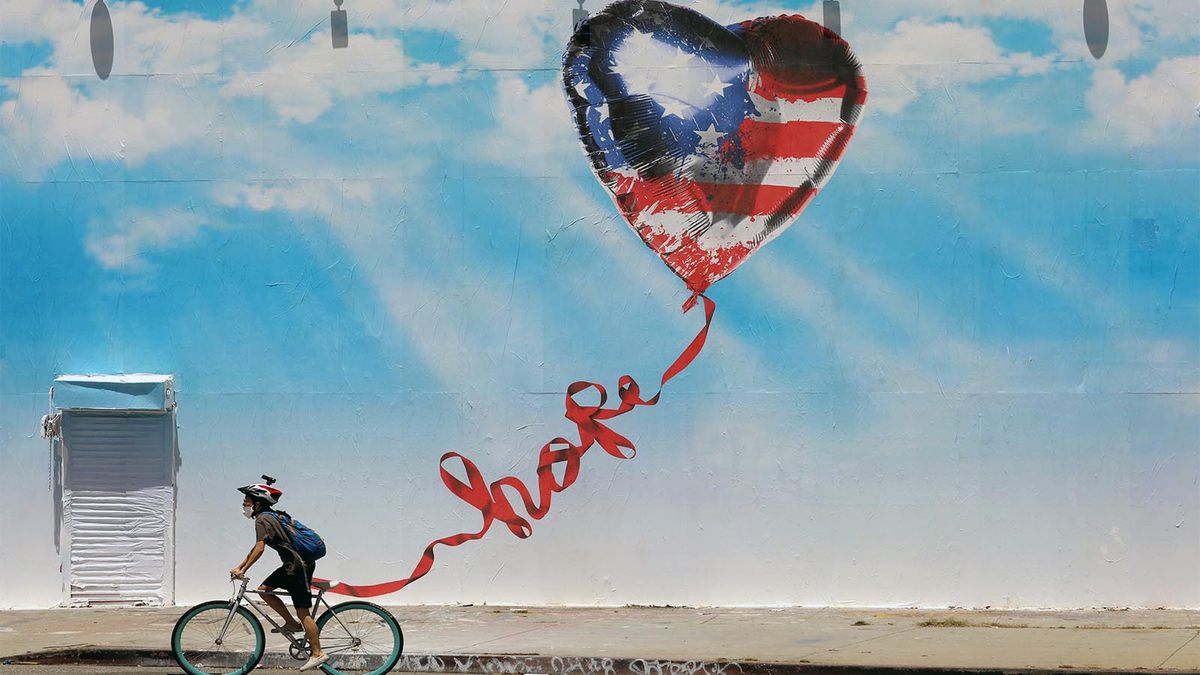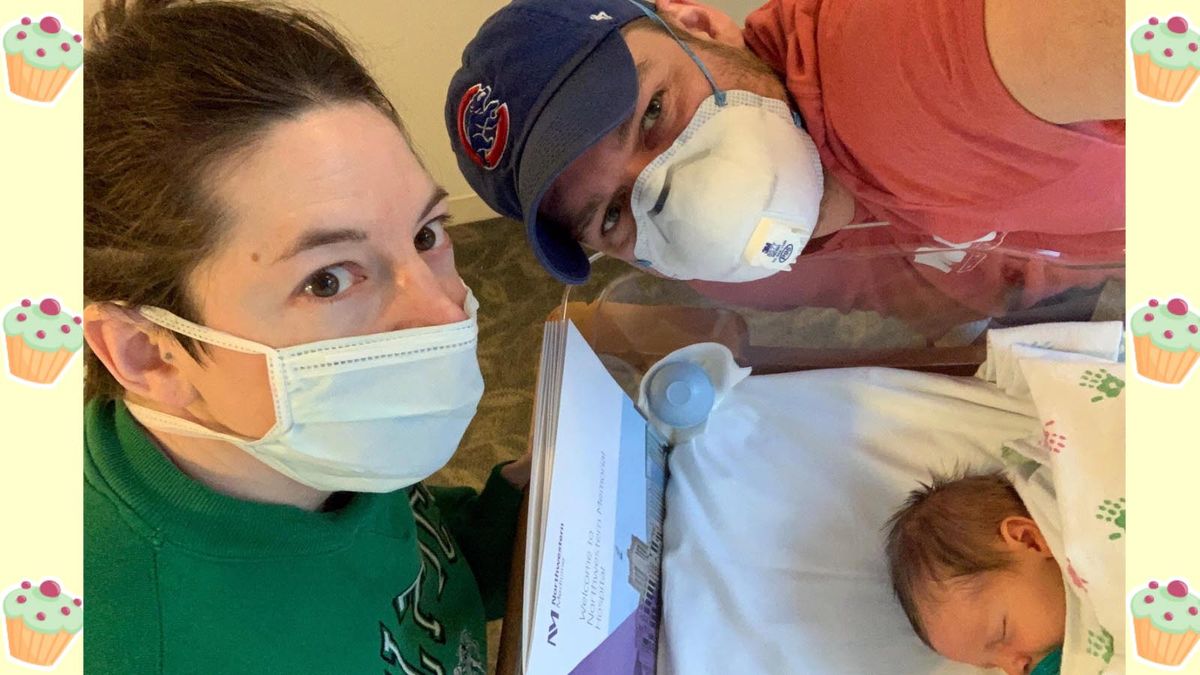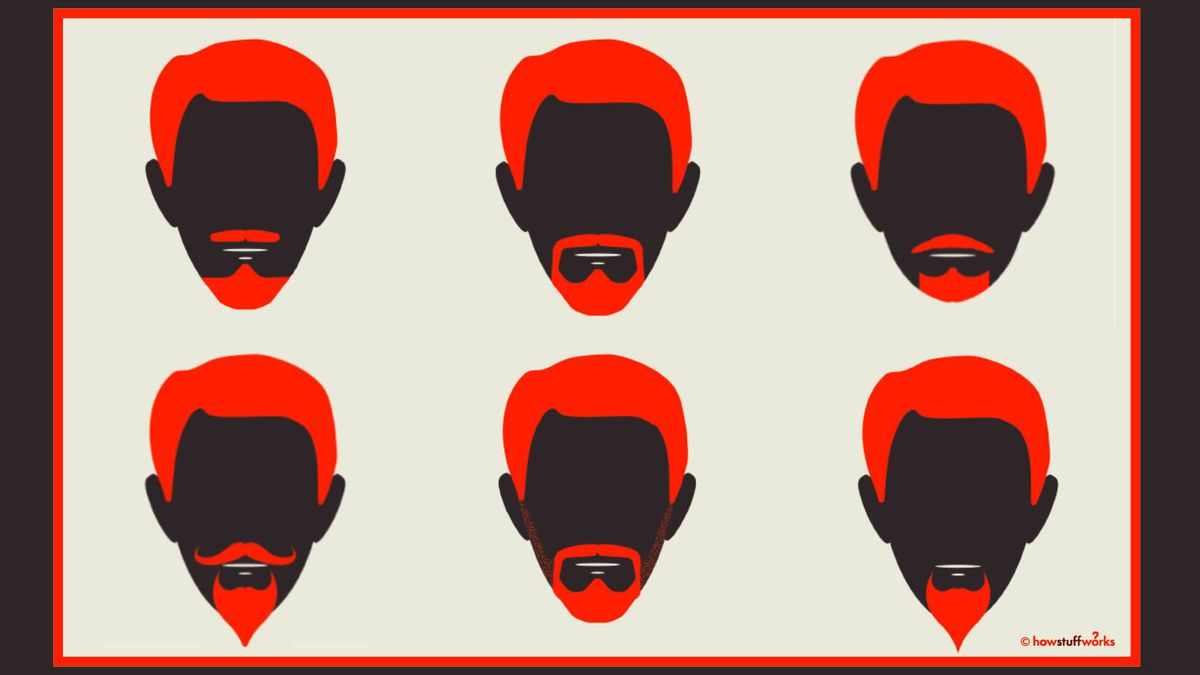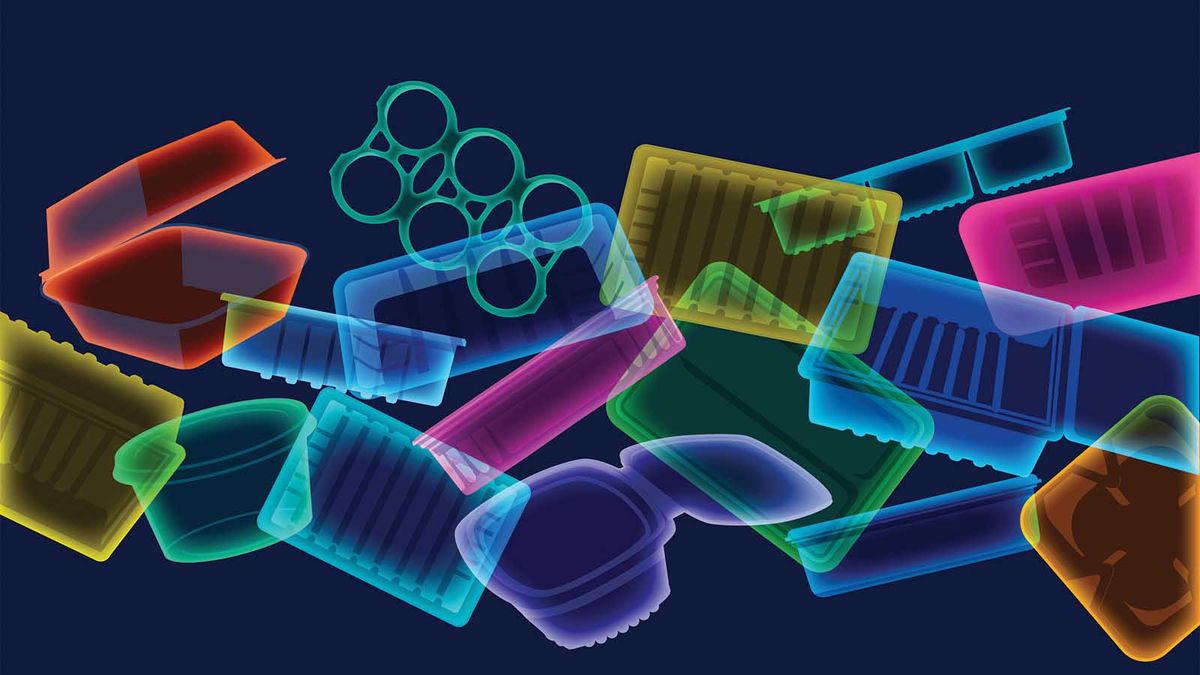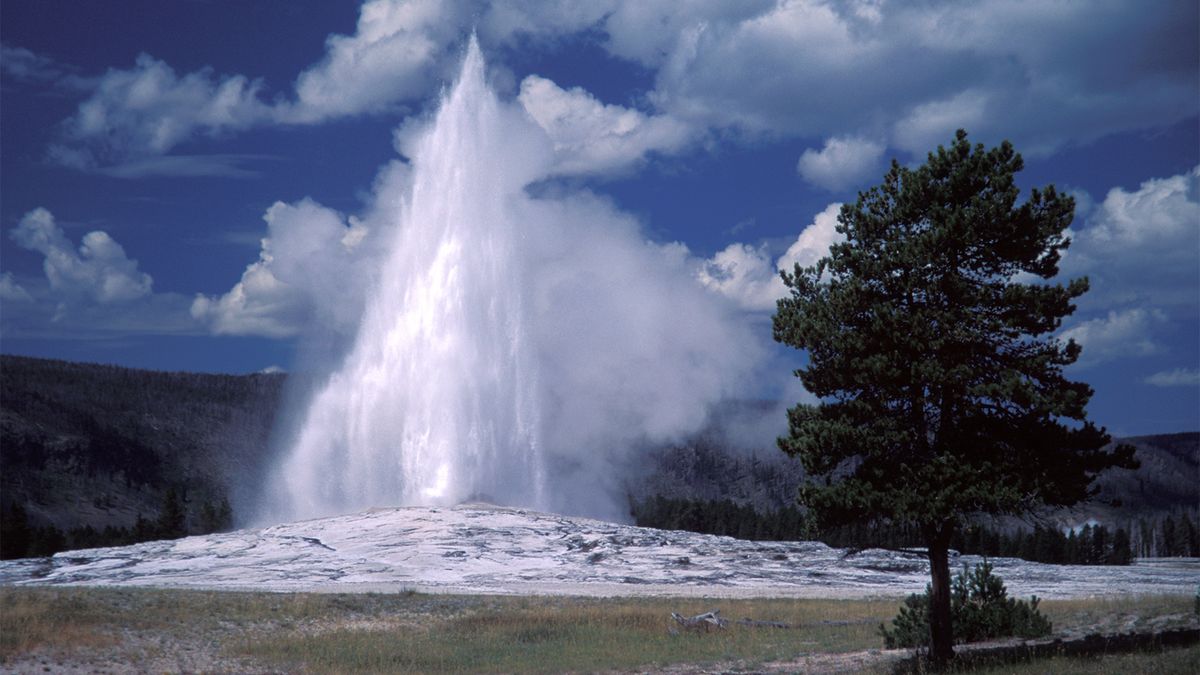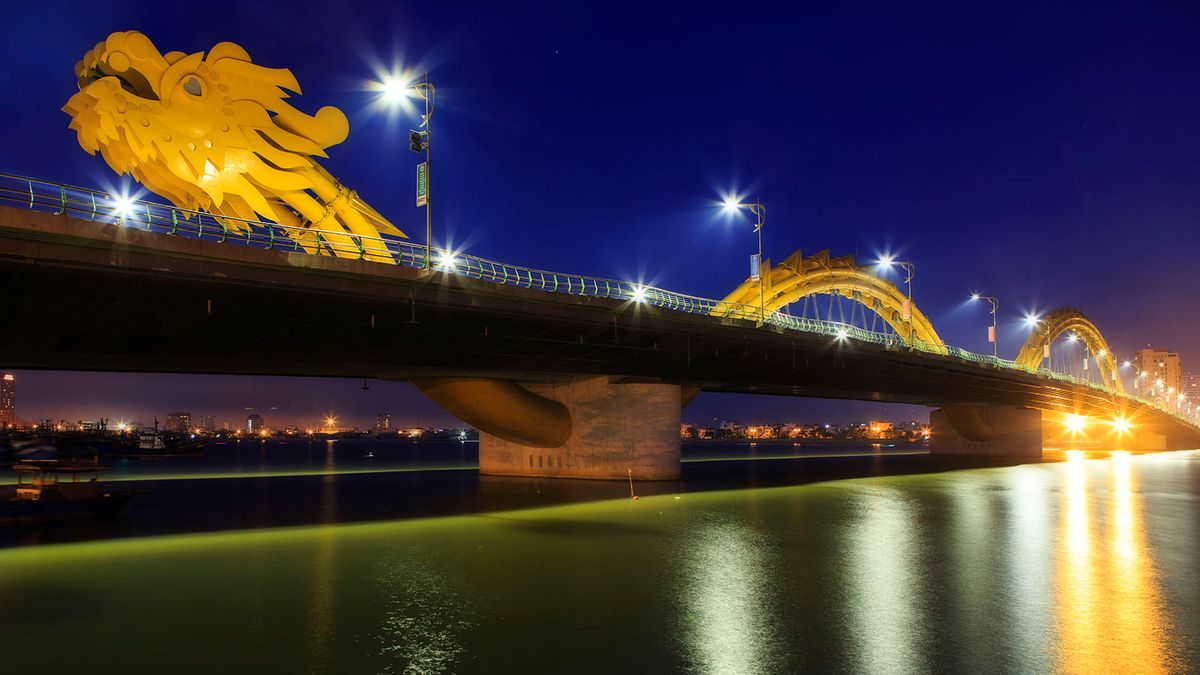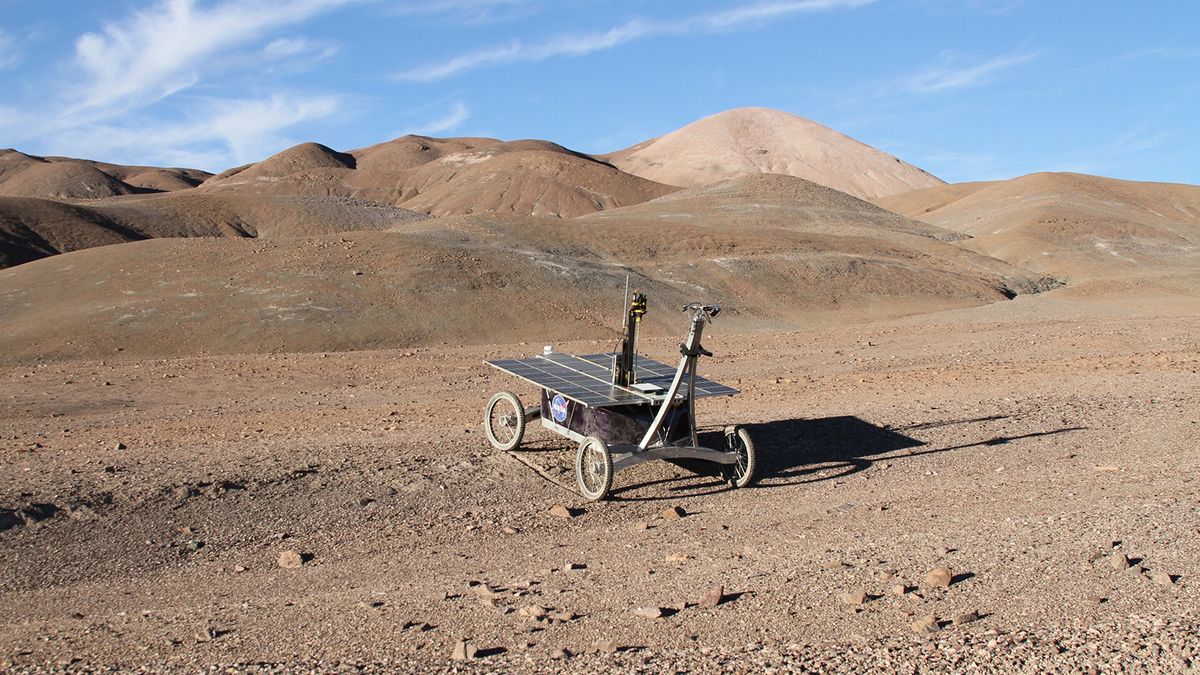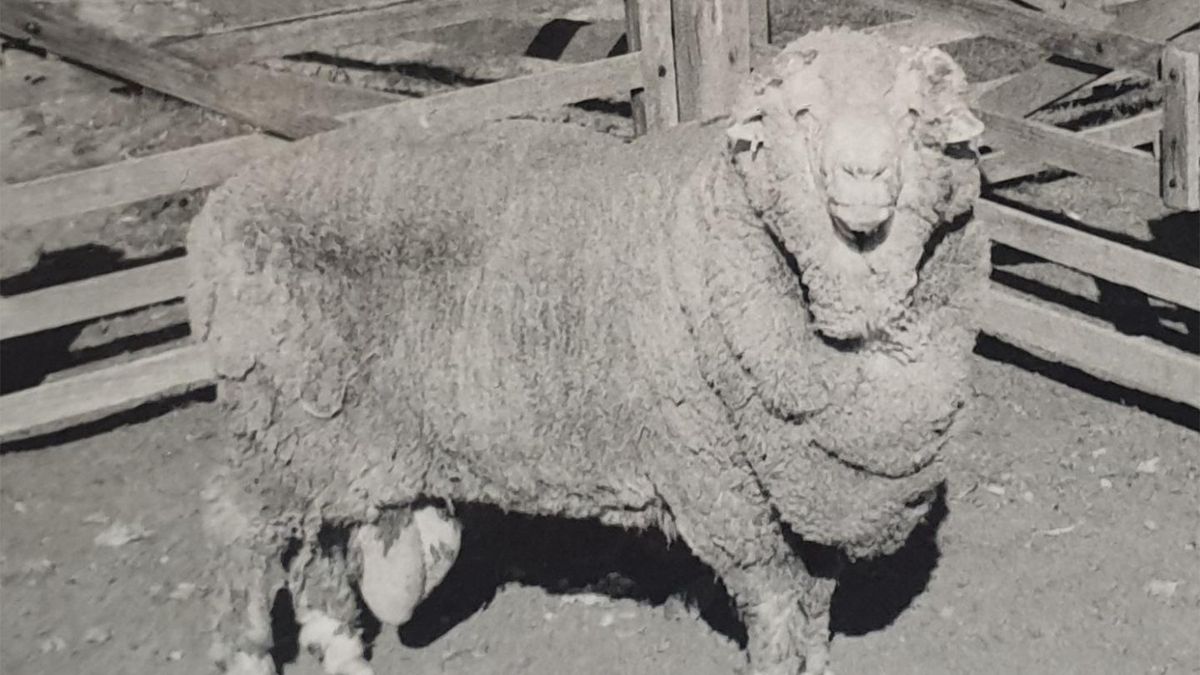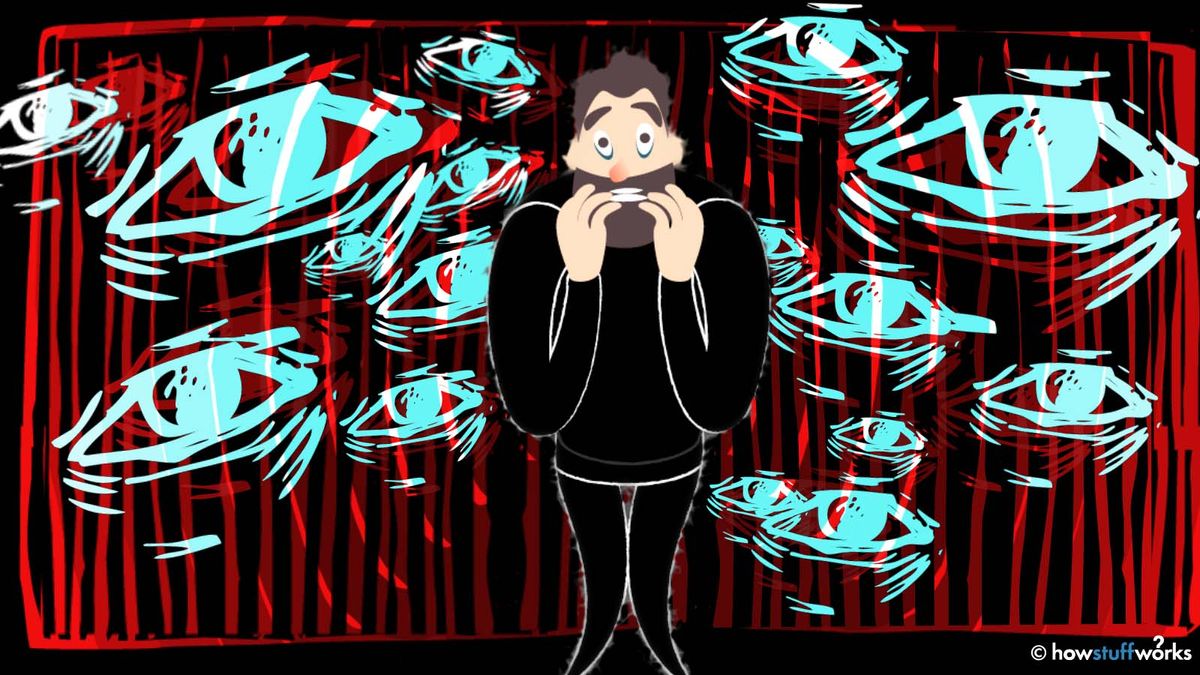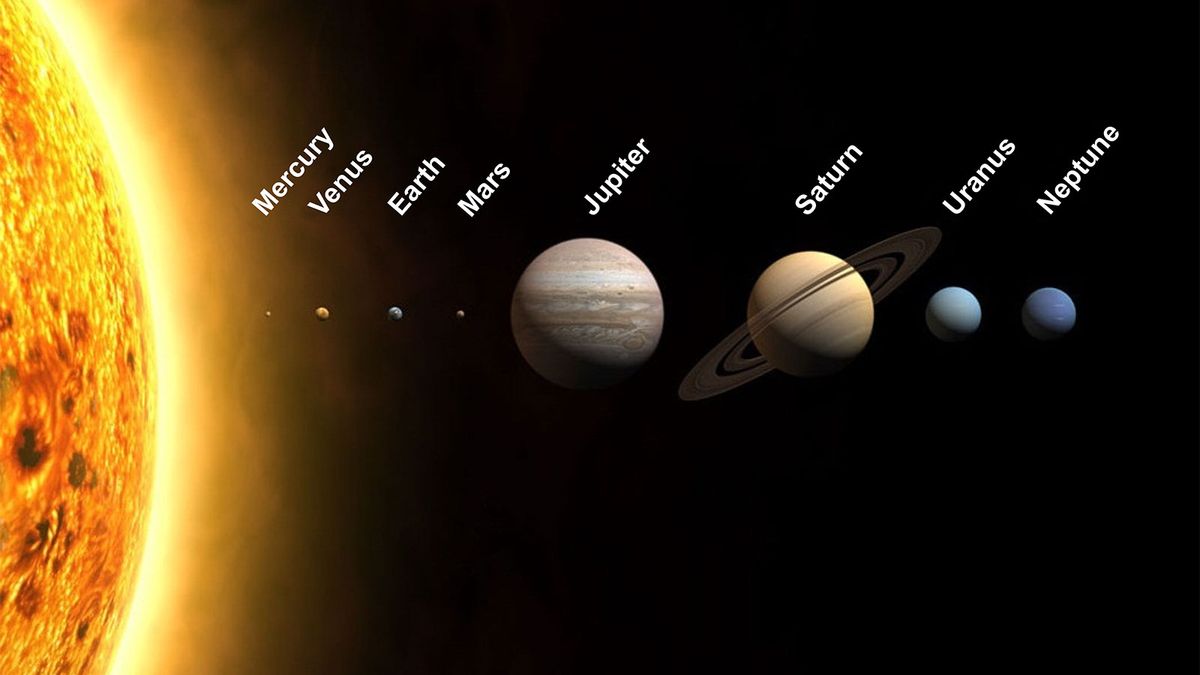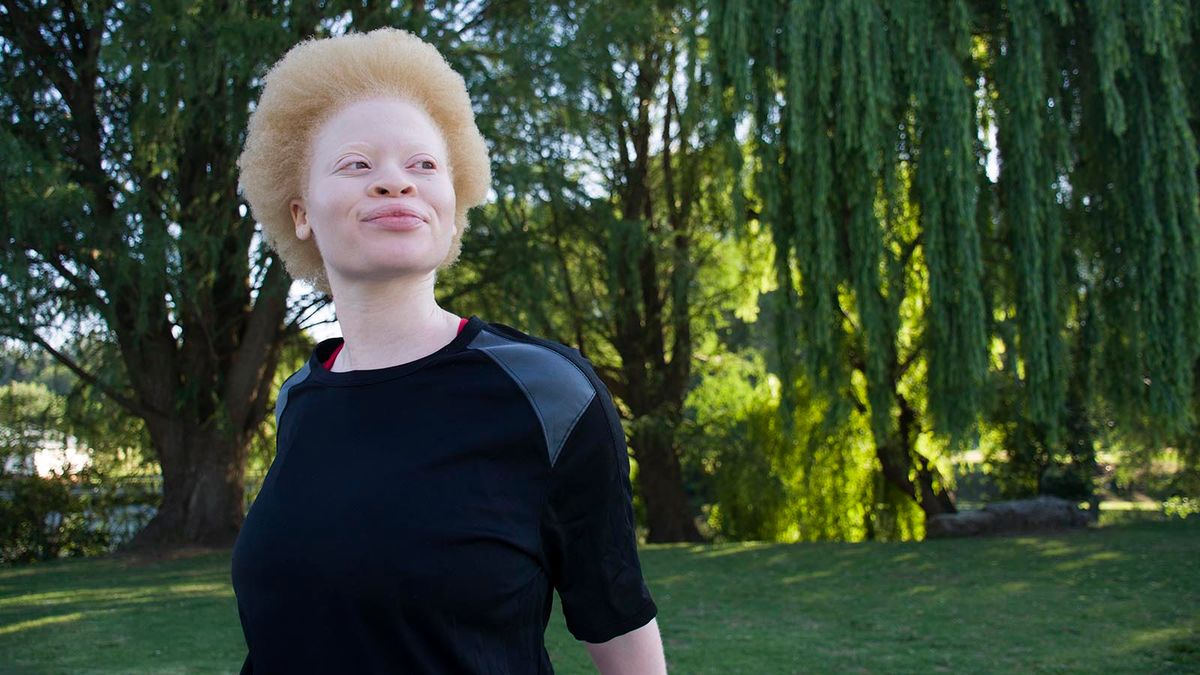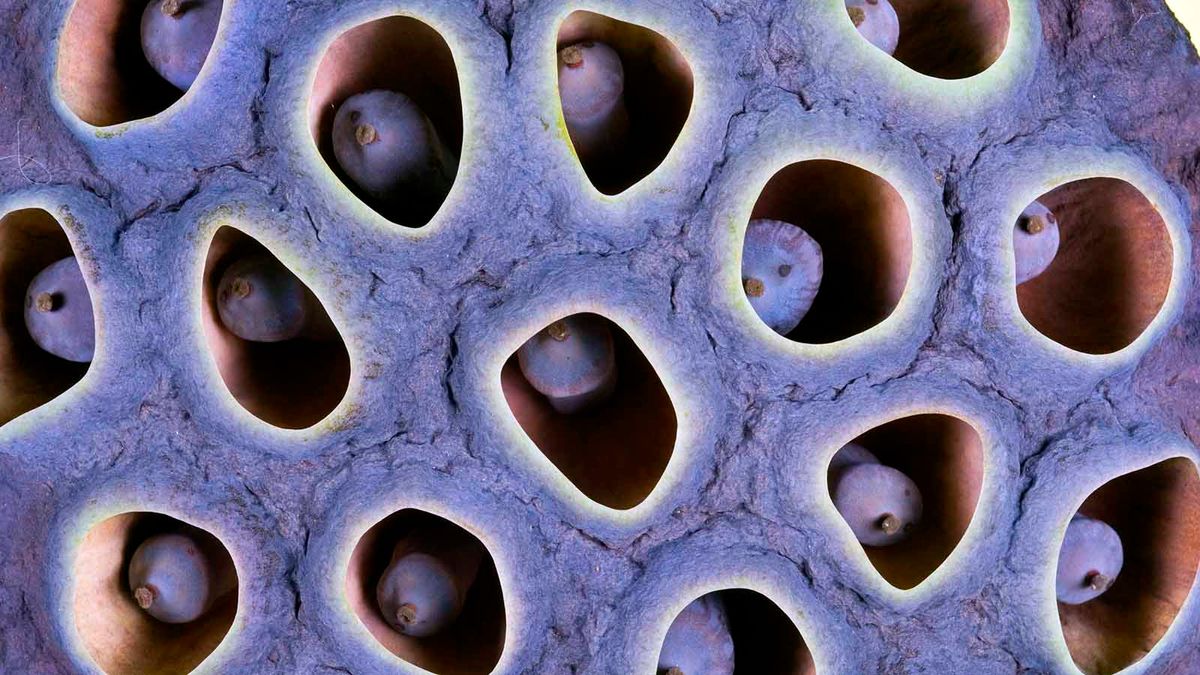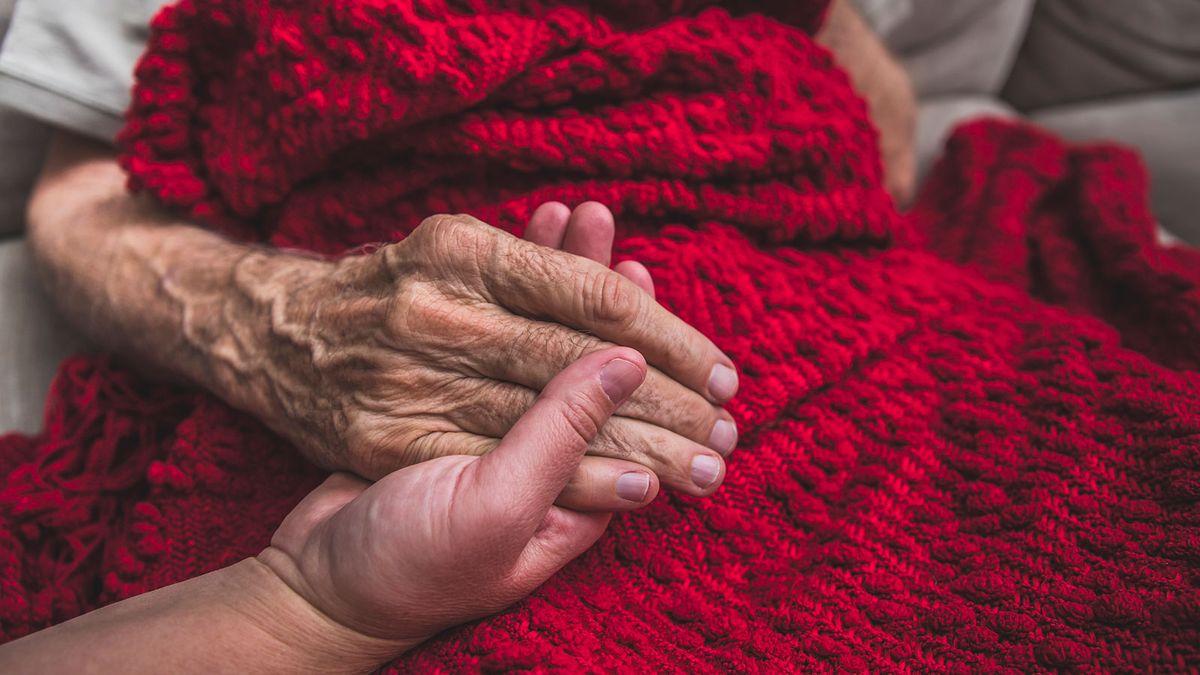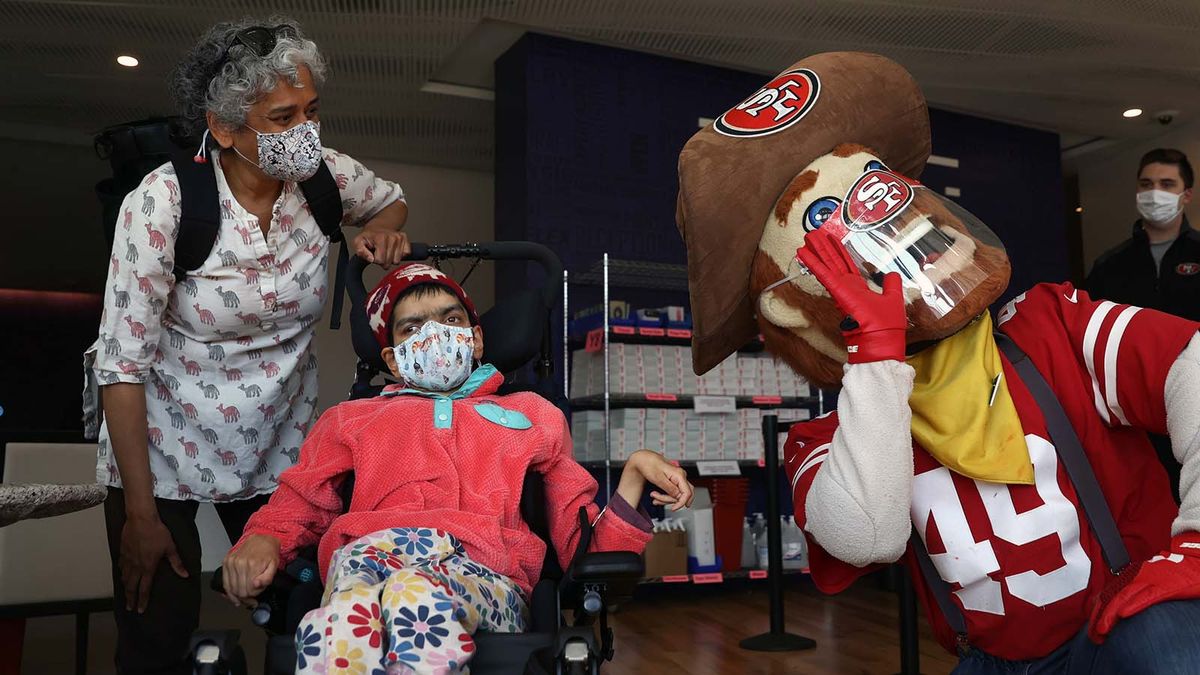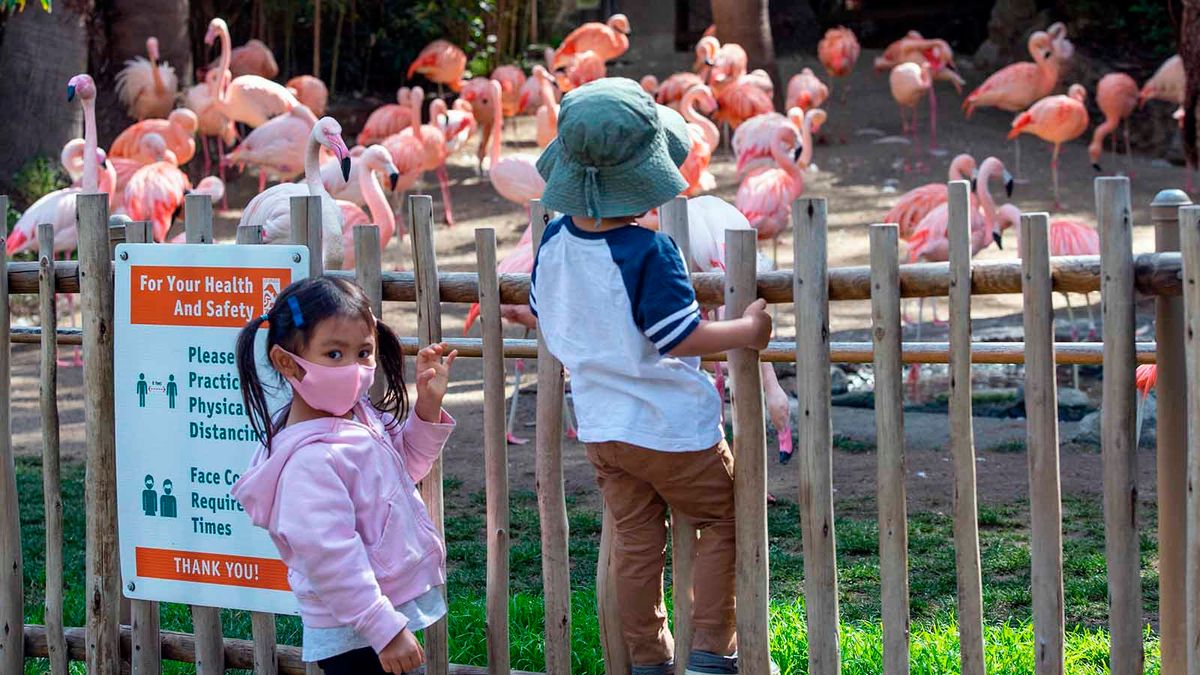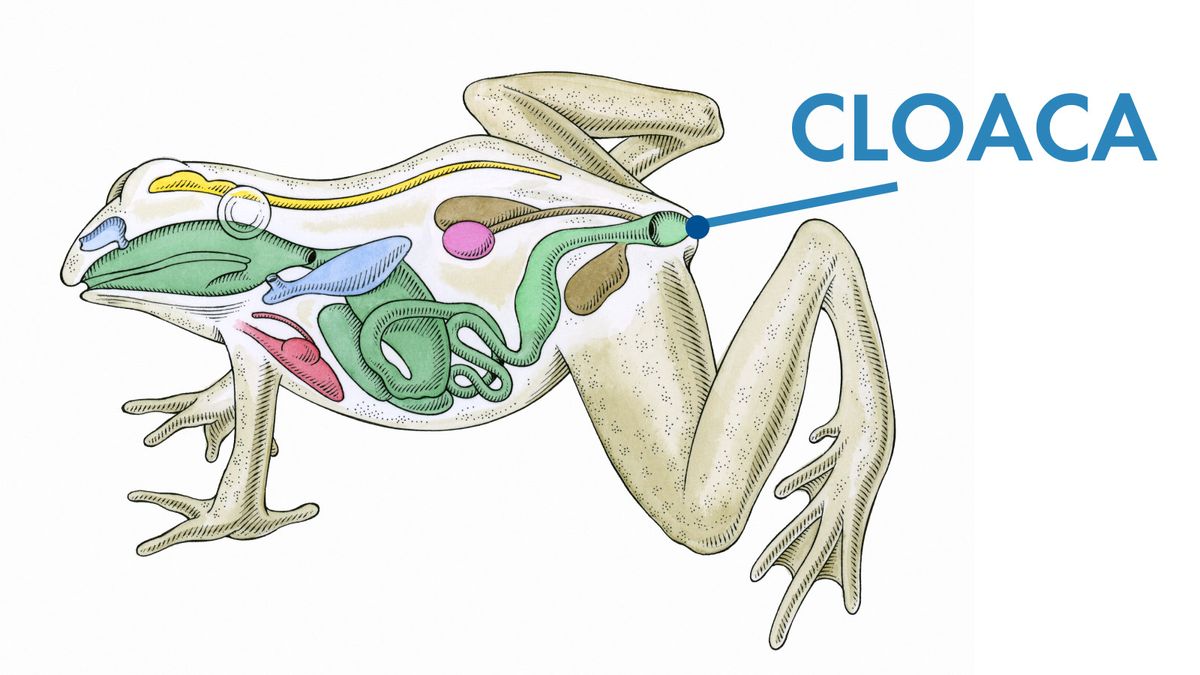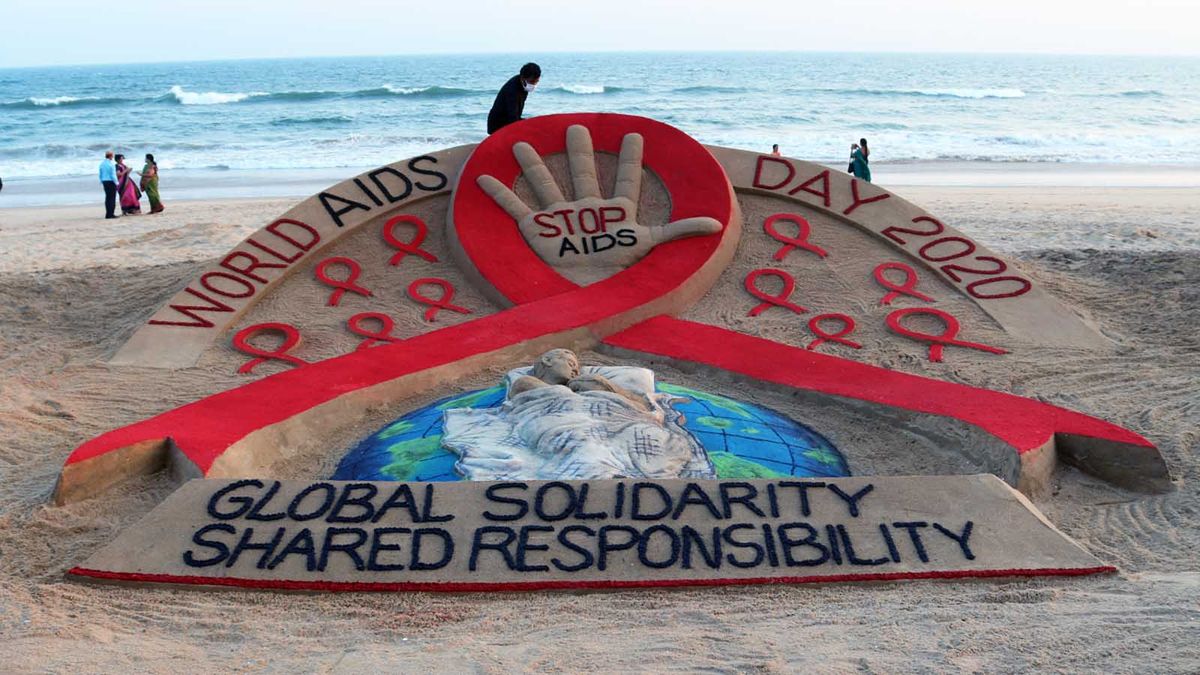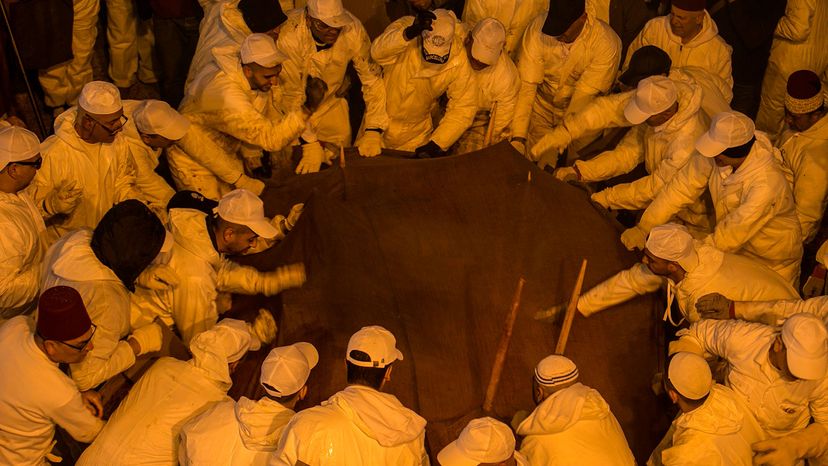
「善きサマリア人」の新約聖書のたとえ話の中で、イエスは道端で強盗され、殴打され、死んだままにされた旅行者の物語を語っています。ユダヤ人の司祭や当局を含む数人の人々が裸の負傷した男性のそばを歩いていますが、見知らぬ人であるサマリア人が立ち止まります。彼は犠牲者の怪我を治療し、彼を旅館に連れて行き、宿屋の主人に費用を支払うためのお金を残します。
善きサマリア人のたとえ話は、無条件に「あなたの隣人を愛する」ことの非常に強力な例であり、多くの病院や慈善団体は現在「サマリア人」という名前を持っています。負傷者や危険にさらされている人々を援助する人々を法的に保護する「善きサマリア人の法律」もあります。
しかし、イエスが2000年前に最初にたとえ話を語ったとき、それは非常に異なって受け取られていたでしょう。西暦1世紀のユダヤ人コミュニティにとって、サマリア人は汚れた、不聖な宗派でした。実際、「良い」サマリア人は考えられなかったでしょう。
ペンシルベニア州エリーにあるギャノン大学の神学教授であるテリー・ジャイルズは、「 『良いオサマ・ビンラーディン』と言っているようなものです」と述べています。「サマリア人が物語の主人公であったことは、ユダヤ人の聴衆に衝撃を与えたでしょう。」
真実は、サマリア人とユダヤ人には途方もない量の共通点があるということです。どちらも、モーセが約束の地に導いた神の「選民」である聖書のイスラエル人に起源をさかのぼることができる古代の人々です。サマリア人もユダヤ人も、ヘブライ語聖書の最初の5冊である律法を神の言葉として尊敬し、その戒めに忠実に従います。そして、彼らは両方とも何世紀にもわたる残酷な迫害に苦しんでいます。
ほとんどの人が知らないのは、聖地にはまだ小さいながらも繁栄しているサマリア人のコミュニティがあり、そこで彼らは独自のイスラエルの宗教と伝統を実践し続けているということです。そして幸いなことに、ユダヤ人とサマリア人の間の古代の敵意はほとんど消え去っています。
サマリア人とユダヤ人の「分裂」の時期と理由
Abood Cohenは、現在イスラエルとパレスチナの領土である西岸に住んでいる830人のサマリア人(彼の推定)の1人です。コーエンは、パレスチナの都市ナブルス近くの古代サマリア人の聖地であるジェリジム山で、彼のサマリア人コミュニティの英語を話すツアーを行っています。
コーエンは、サマリア人の歴史によれば、ユダヤ人とサマリア人の間の分裂は、神がモーセとイスラエル人をエジプトからカナンの約束の地に導いた400年後に起こったと言います。
「約3,200年前、私たちは1つの国でしたが、その後2つに分裂しました」とコーエンは言います。「サマリア人とユダヤ人」。
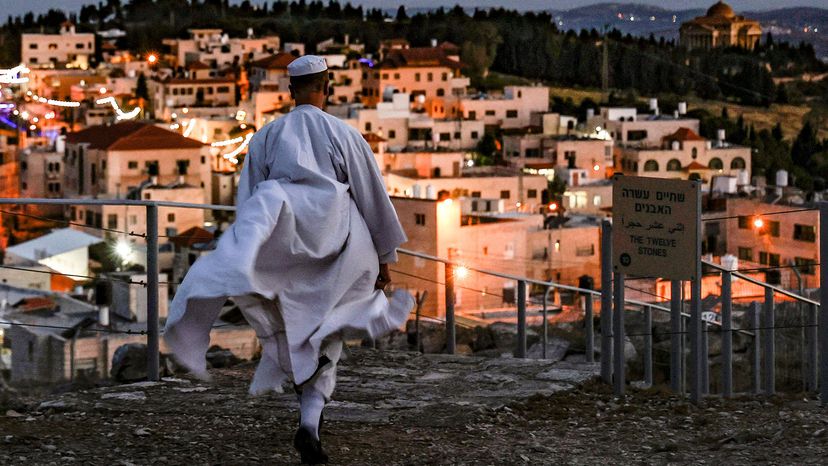
サマリア人によると、解散は契約の箱を保持している幕屋の正しい場所をめぐる戦いと関係がありました。申命記12章5節で、神はモーセに「選ぶ」場所に礼拝所を設けるように命じられました。サマリア人は、選ばれた場所は常にジェリジム山であると信じています。これは、サマリア人がアブラハムがイサクをほとんど犠牲にしたと言い、ヤコブがはしごが天に達するというビジョンを持っていた場所と同じ場所です。
サマリア人によると、問題は、エリというイスラエル人の大祭司が反抗し、信者をシャイロと呼ばれる別の場所に連れて行ったときに始まりました。サマリア人によると、真の幕屋はジェリジム山にとどまり、エリと彼の追随者たちはシャイロに新しい幕屋を建設し、それをエルサレムに持って行き、そこでソロモンは彼の有名な神殿を建てました。
神の住む場所としてエルサレムを選んだグループはユダヤ人になり、ジェリジム山で崇拝し続けた人々はサマリア人になりました。
「サマリア人」という名前は、サマリア人がサマリアとして知られる地理的地域から来たと信じていたユダヤ人ローマの歴史家フラウィウス・ヨセフスを含む部外者によってグループに付けられました。ジャイルズは、その名前はヘブライ語のShomrimのラテン語版でもあるかもしれないと言います。これは、ジェリジム山の真のイスラエルの宗教の守護者のように「守護者」を意味します。
「 TheKeepers:An Introduction to the History and Culture of the Samaritans」を含む、サマリア人に関するいくつかの本を書いたGilesは、歴史家は、サマリア人とユダヤ人の間の分裂は、伝統的なサマリア人の説明よりもはるかに遅れて起こったと信じていると言います、紀元前3世紀から1世紀の間のいつか
サマリア人のトーラと信念
サマリア人とユダヤ人は同じ人々の子孫であるため、毎週の休息日である安息日を守ることや、コーシャを守ること、つまり律法で神によって禁じられている食べ物を避けることなど、同じ宗教的信念や習慣の多くを共有しています。しかし、分割されてから何世紀にもわたって、2つのグループは、主にトーラーの異なるバージョンに基づいて、異なる伝統を発展させてきました。
サマリア人は、サマリア五書(ギリシャ語で「5冊の本」)として知られているトーラーのバージョンを使用しています。サマリタンのテキストには、「マゾレティック」または標準的なユダヤ教の律法と同じ5冊の本(創世記、出エジプト記、レビ記、民数記、申命記)が含まれていますが、コーエンは、サマリタン経典には約6,000の小さなバリエーションがあり、約30の大きな違いがあると言います。
それらの主な違いのほとんどは、ジェリジム山が神を崇拝する正当な場所であるというサマリア人の主張を固める詩です。たとえば、サマリア五書には、神からシナイ山のモーセに受け継がれた基本法である十戒の異なるバージョンが含まれています。
モーセの十戒のサマリア人版(出エジプト記20章と申命記5章)では、最初の2つの戒めが組み合わされており、神がモーセとイスラエル人に、ジェリジム山に祭壇を建てるように命じたことを明確にする、新しく詳細な10番目の戒めがあります。カナンの地。
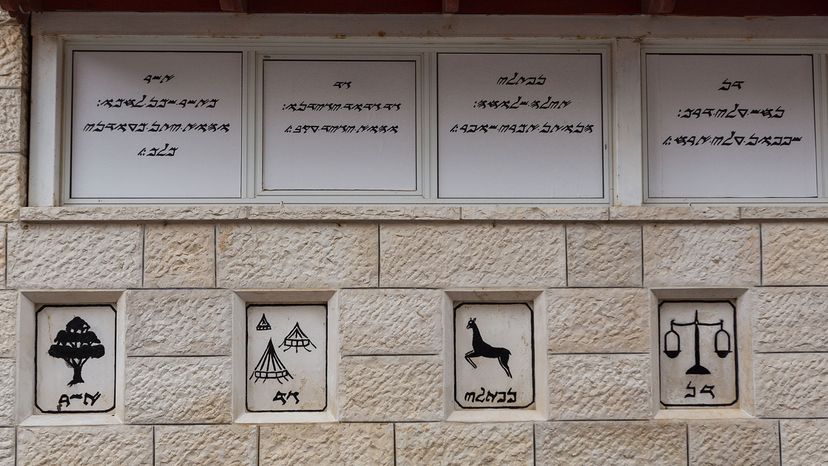
Cohen points out that the Samaritan Pentateuch is also written in an ancient form of Hebrew, what scholars call "Paleo-Hebrew," which dates from the 10th century B.C.E. and looks significantly different from the Hebrew letters found in standard Jewish texts.
Modern Judaism and Jewish traditions were largely developed during the Rabbinic period that followed the destruction of the Second Temple in 70 C.E. Over the centuries, the Samaritans developed their own interpretations of God's commandments, passed down through a continuous line of high priests. The results are variations in the way that Samaritans and Jews observe the same commandments.
On Shabbat, for example, Cohen says that Samaritans and Jews recite different prayers and that Samaritans bow down on the ground when they pray.
"We believe it's how our ancestors did it for 3,000 years," says Cohen. "We also have seven hours of prayer on Shabbat spread across the day. We wake up from 3 a.m. to 6 a.m. every single Shabbat of our lives."
And the way that Samaritans and Jews keep kosher is also different. A Jewish person who keeps kosher typically will not only avoid forbidden foods like pork, shellfish and eating milk and meat in the same meal, but they will only eat foods that are labeled kosher.
For Samaritans, says Cohen, "It doesn't have to have 'kosher' written on it. If the Torah says it's OK to eat, we eat. We can only eat meat from inside the community, though, from a Samaritan butcher. If we're eating outside of the community, we don't eat meat."
On Passover, Samaritans Still Sacrifice Sheep
Passover , the holiday born of the Torah's commandment to remember and recount how God brought the Israelites out of bondage in Egypt, is celebrated by both Jews and Samaritans. But Samaritans do something truly unique on Passover — they perform a ritual animal sacrifice on Mount Gerizim.
"As far as I'm aware, the Samaritans are the only western religious group that still practices animal sacrifice," says Gile. "The ceremony can be very moving."
Cohen says that animal sacrifices are only performed during Passover and are part of a communal Passover feast. The day before the sacrifice, every Samaritan household makes its own matzah, the same "unleavened bread" that the Israelites ate as they rushed to escape the pharaoh's wrath.
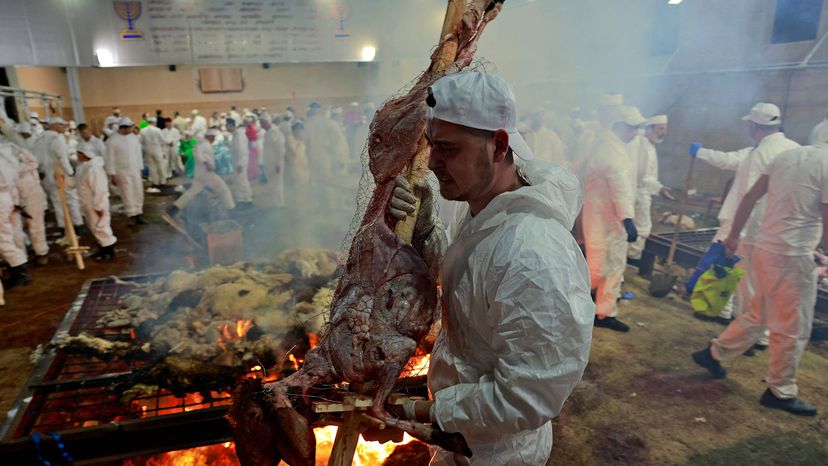
"You can smell the matzot throughout the neighborhood, I love it," says Cohen, using the plural form of matzah. "All through the village, you can hear the singing and smell the matzot cooking. It's a really festive feeling."
On the night of the Passover sacrifice, fires are lit in a dozen deep pits. Each extended family provides one or two sheep for the sacrifice. After a special prayer by the high priest, the sheep are carefully slaughtered according to Torah specifications (no broken bones), placed on spits and slow-roasted for three hours over the glowing coals.
"The smell is amazing," says Cohen. "We eat the meat from the sheep with unleavened bread and bitter herbs at midnight. It's exactly like how the Torah tells us. We're happy, we're chanting prayers, and it's really beautiful."
During holidays like Passover, Samaritans dress in white robes and red hats that resemble a Turkish fez. On most days, Samaritans dress just like everyone else.
Samaritans as 'Bridge of Peace' in Palestinian-Israeli Conflict
The Samaritan community in the Holy Land once numbered around 1.5 million people, but centuries of persecution and forced conversion by Muslim and Christian invaders reduced the community to less than 150 people by 1919. Cohen says that when an American scholar encountered this small group of Samaritans a century ago, he compared it to finding a living wooly mammoth, something thought to be long extinct.
After the State of Israel was established in 1948, the government set aside land for a Samaritan community in Holon, a suburb of Tel Aviv. The Samaritan community on Mount Gerizim, where Cohen lives, has changed hands many times, but is now part of the West Bank and governed by the Palestinian National Authority.
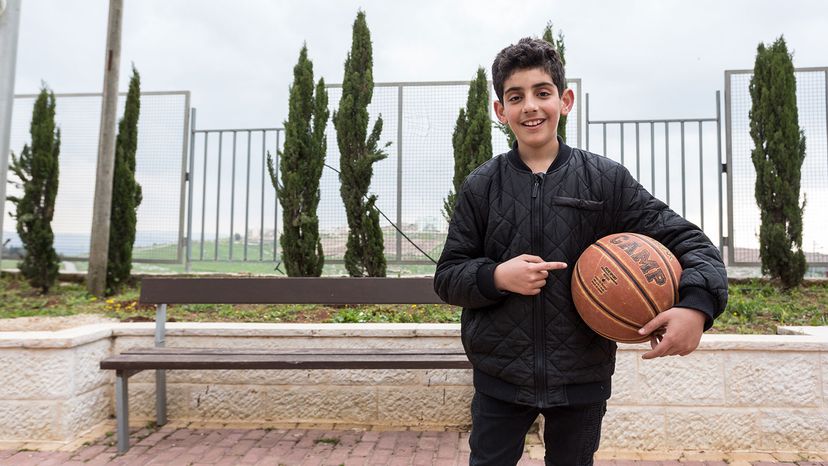
Cohen says that Samaritans have a unique perspective on the Palestinian-Israeli conflict as neither Jew nor Arab, but something in between.
"Those of us living on Mount Gerizim have three passports: Israeli, Palestinian and Jordanian," says Cohen. "We speak Hebrew and Arabic and have friends from both sides. We can travel pretty much anywhere in the Holy Land and we can see both nations' struggles and successes."
コーエンは、彼と彼の仲間のサマリア人、1世紀前にほとんど一掃された人々は、彼らの戦う隣人の間の「平和の架け橋」になろうとしていると言います。コーエンは、Open Peaceという数人の友人とポッドキャストを作成して、共通点を見つけ、「共存が可能」であることを示しました。
今それはクールです
2018年、フランスの映画製作者、ジュリアンメナントーは、「サマリア人」と呼ばれる短いドキュメンタリーを作成しました。過越の祭りの犠牲を示す素晴らしいシーンが含まれています。

